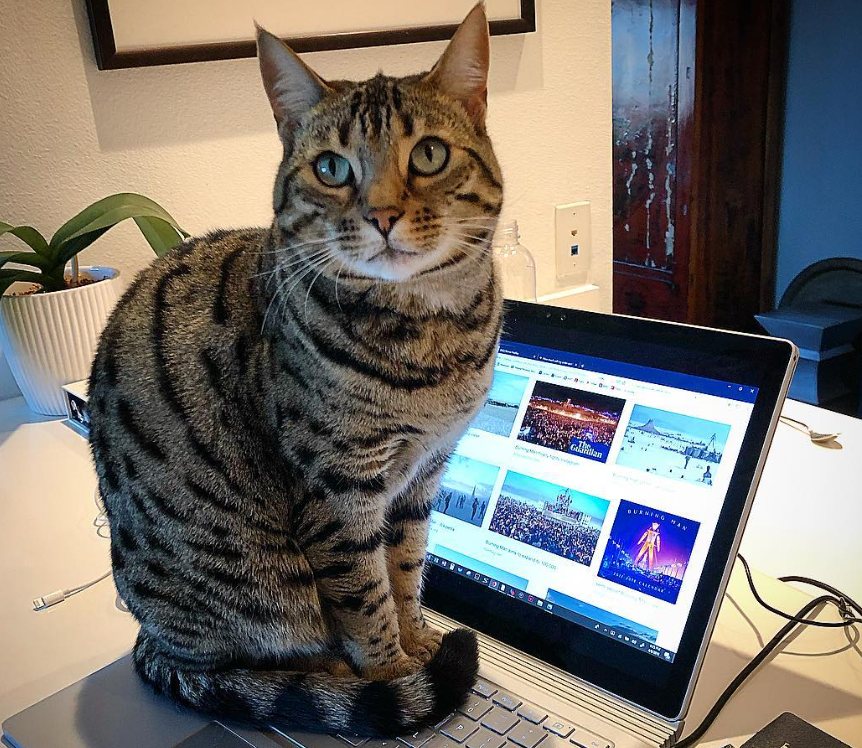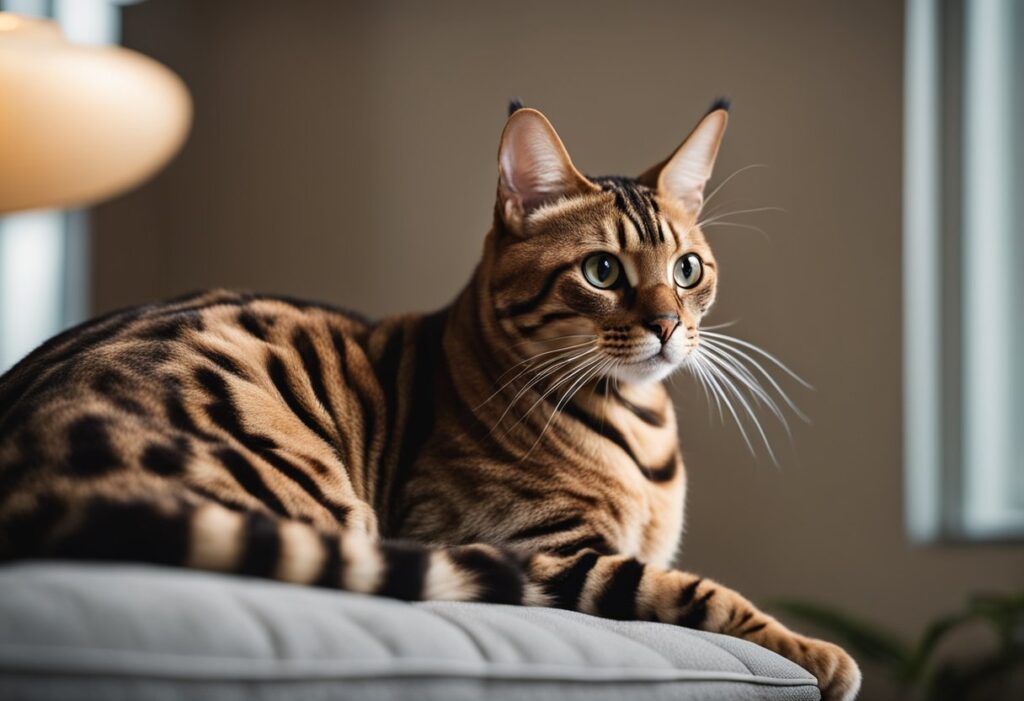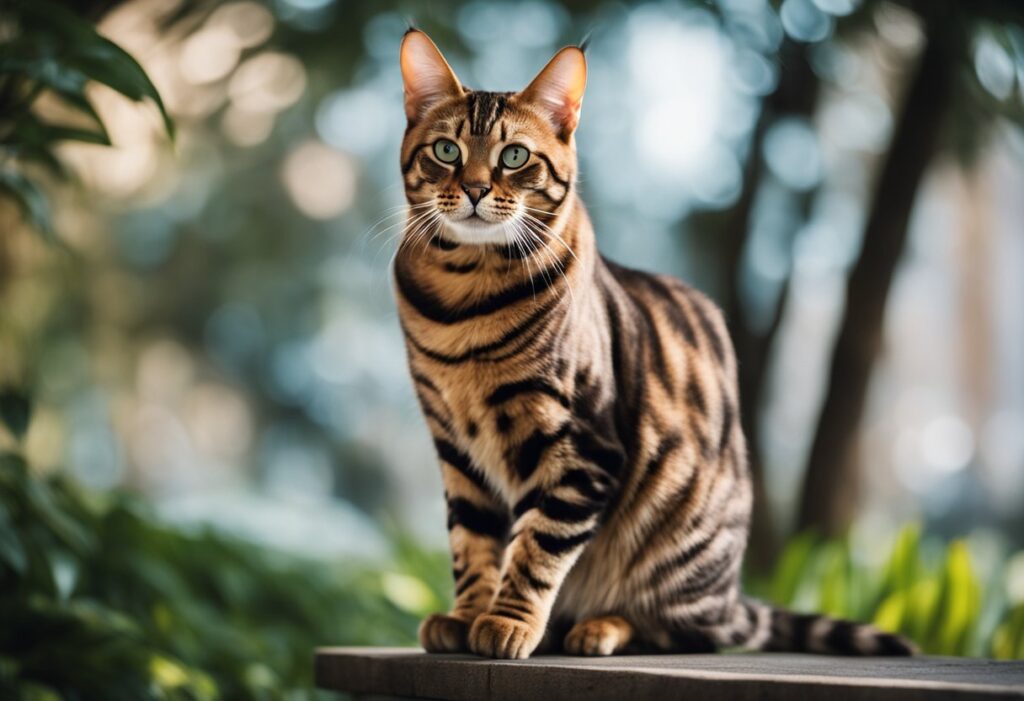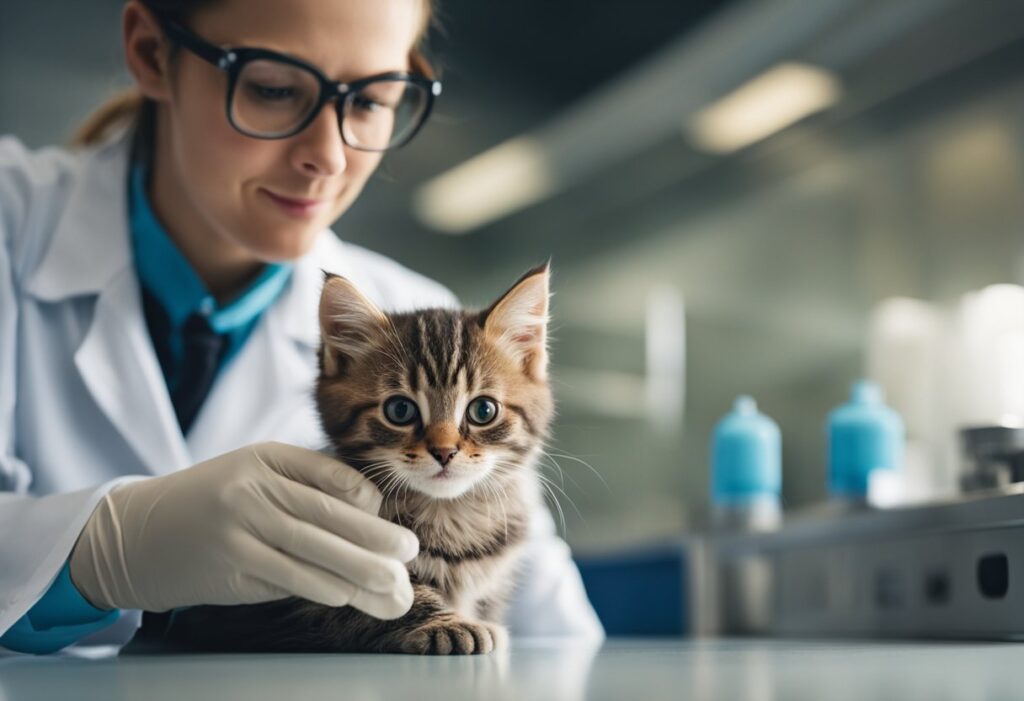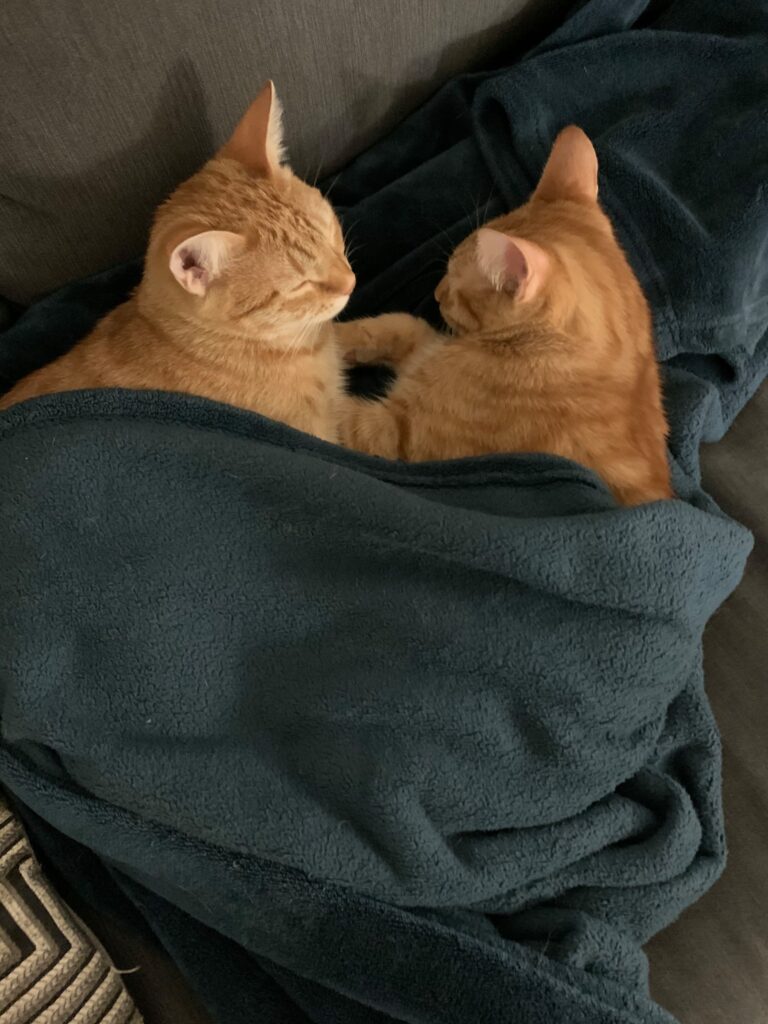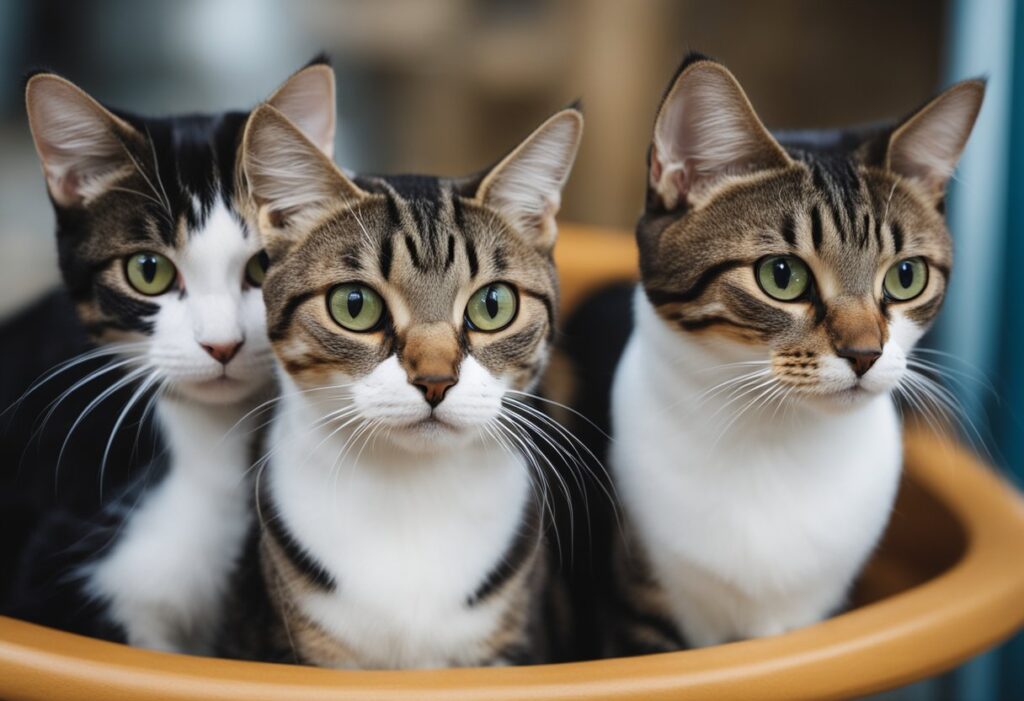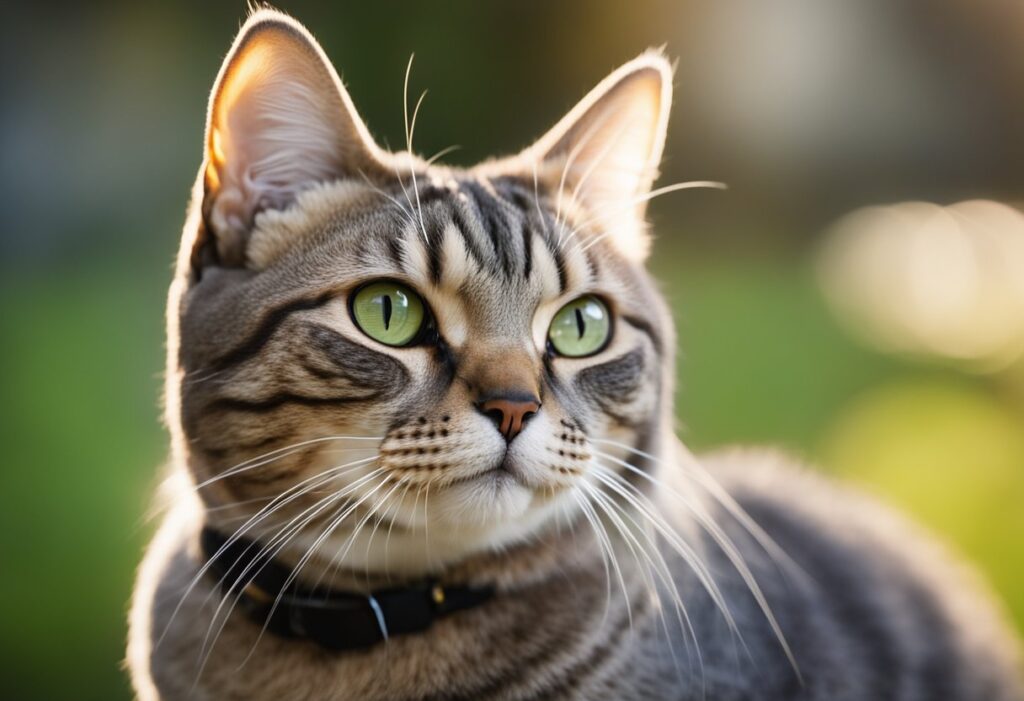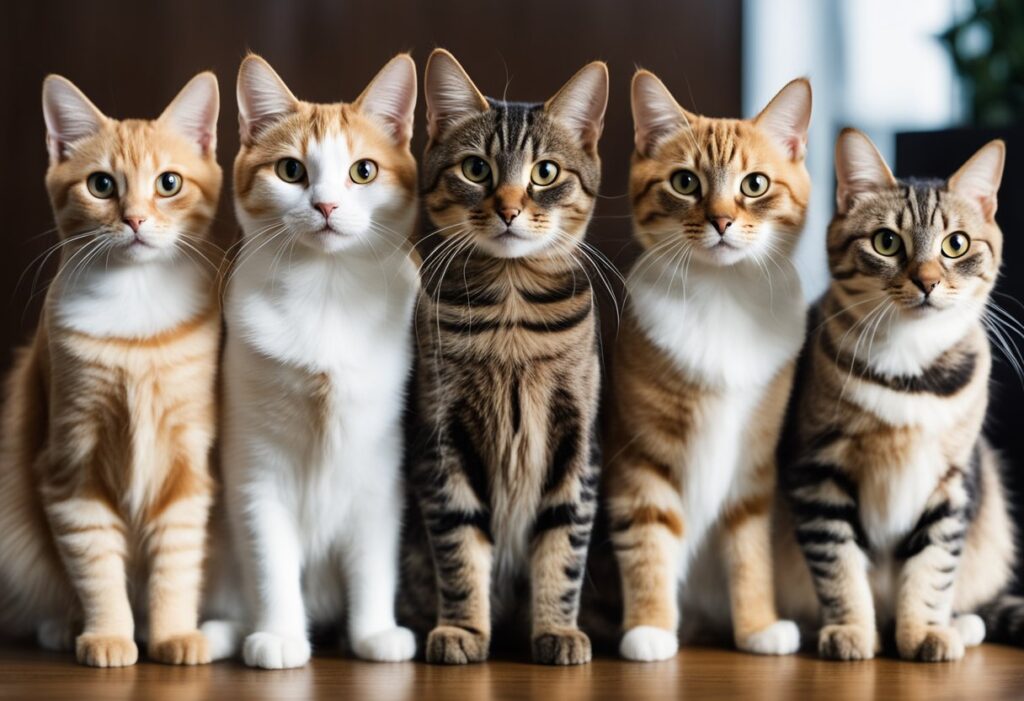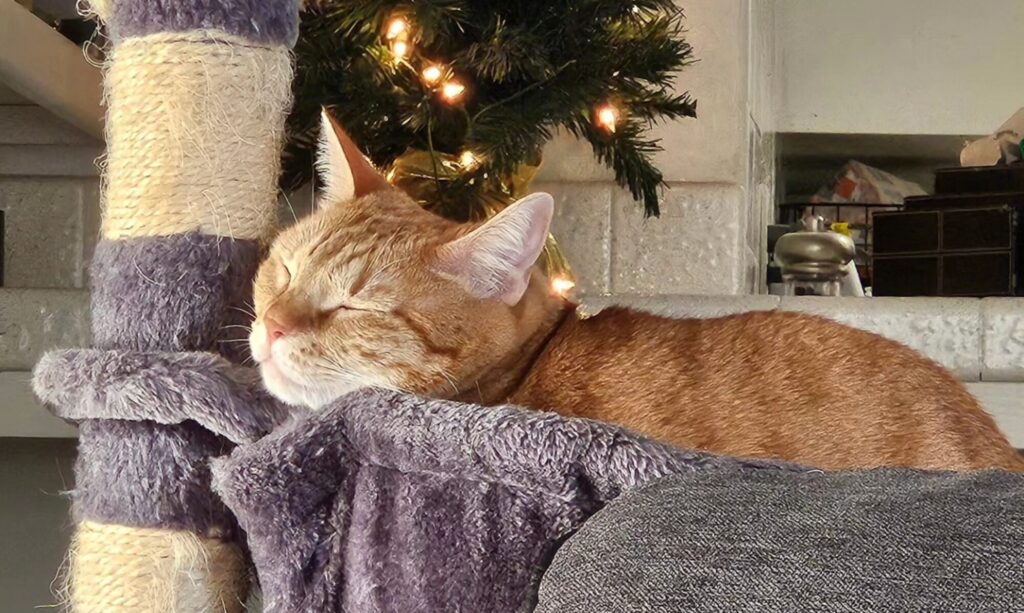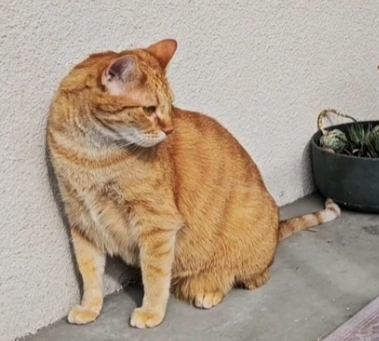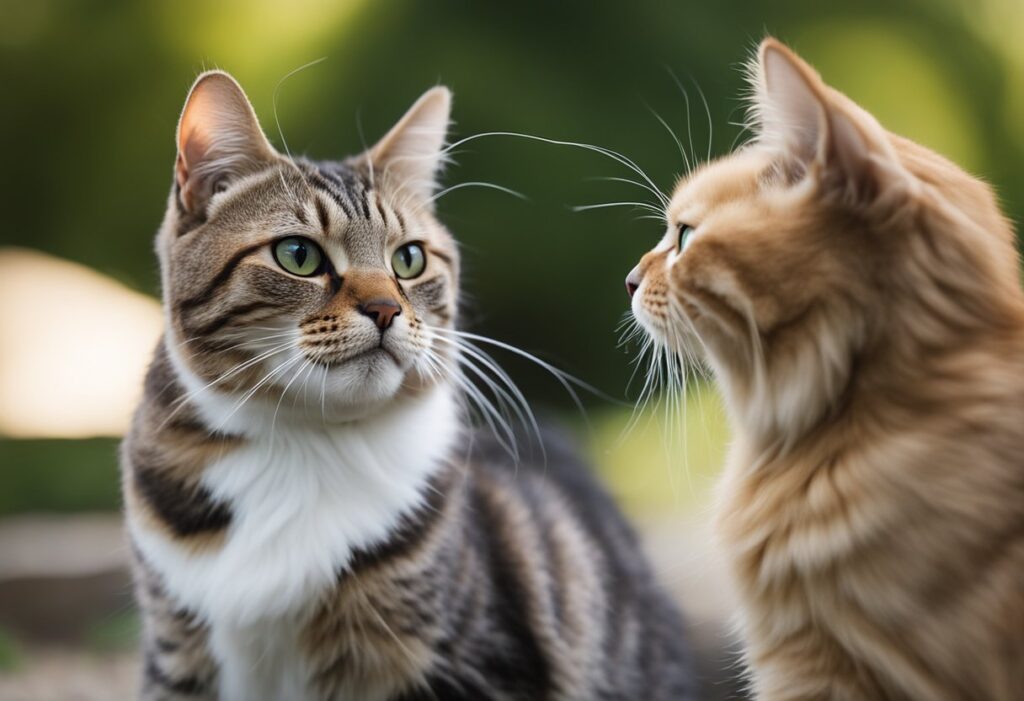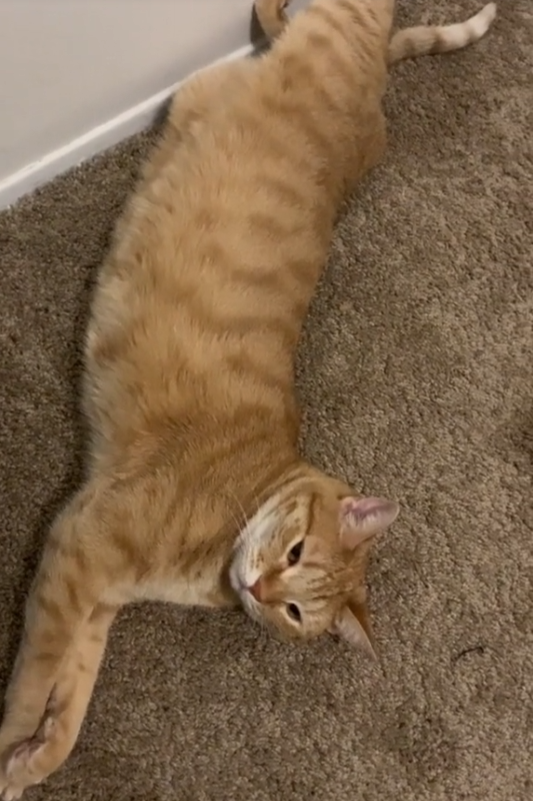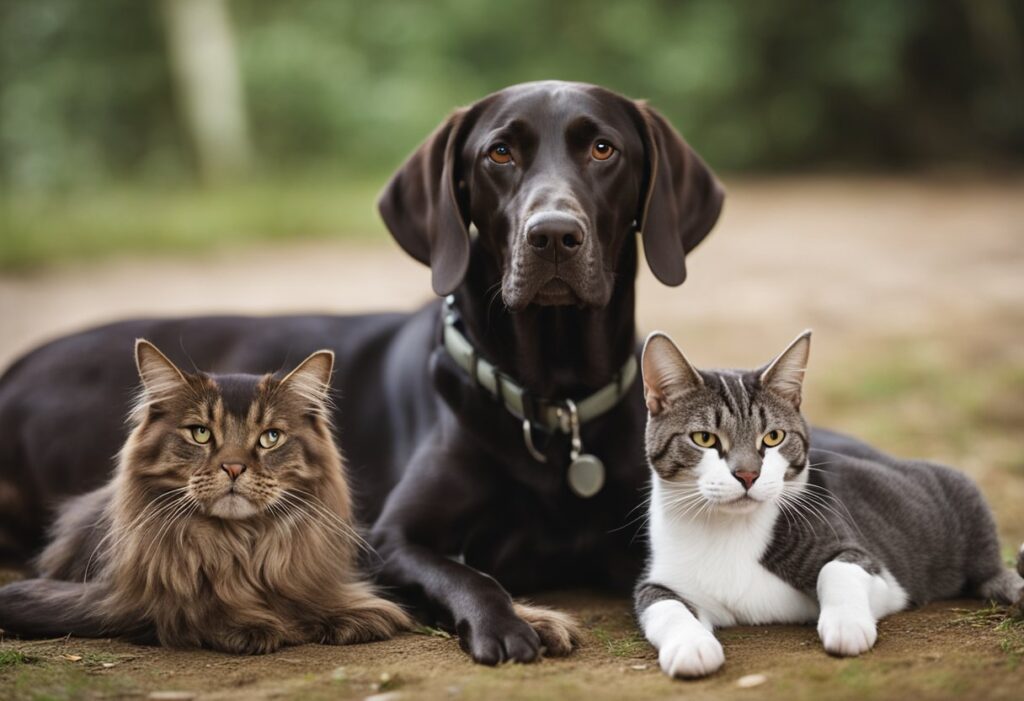Bengal cats are a unique and captivating breed, known for their striking appearance and playful personalities and because of their exotic look, a lot of people are attracted to them.
And yes, Bengal cats make for amazing house pets.
In this article, I will explore the reasons why Bengals make awesome house pets and what you should consider before bringing one into your home.

First and foremost, Bengal cats are incredibly social animals. They thrive on human interaction and love to be the center of attention. So if you’re looking for a companion who will follow you around the house and curl up on your lap, a Bengal cat may be the perfect fit.
They’re also highly intelligent and can be trained to do tricks and respond to commands, which makes them a fun and engaging pet to have around.
Despite their wild appearance, Bengal cats are actually quite adaptable to indoor living. They have a lot of energy and love to play, but they can also be content lounging around the house.
As long as they have plenty of toys and a comfortable place to sleep, they can be happy in a variety of living situations. Of course, like any pet, Bengals require attention and care, but their unique personalities make them well worth the effort.
Bengal Cats Are Easier to Train
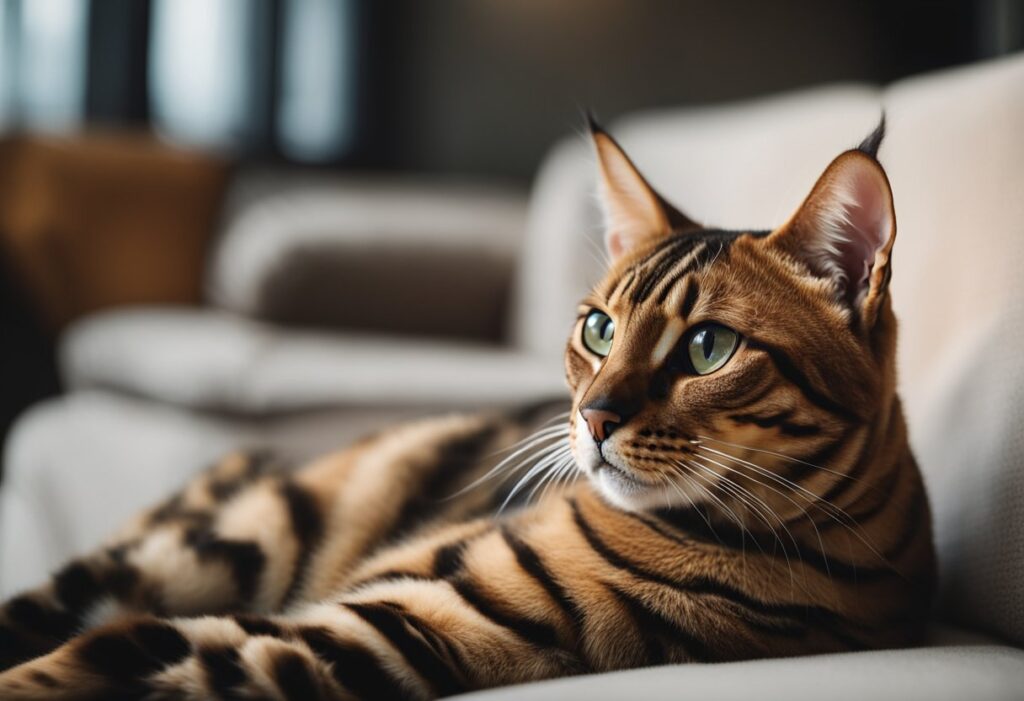
I have a couple of friends who have Bengal kitties and I’ve played with them over the years.
What I can attest to is the fact that they are much easier to train compared to other cat breeds. Their intelligence and curiosity make them quick learners and eager to please their owners.
Bengals are known for their playful and energetic personalities, which can sometimes make them difficult to handle. However, with proper training and socialization, they can be great house pets.
One of the best ways to train your Bengal is through positive reinforcement. This means rewarding good behavior with treats or praise, rather than punishing bad behavior. It’s important to be consistent with your training and to start as early as possible.
Bengals are also highly trainable when it comes to tricks and games. They love to play and learn new things, so teaching them to fetch or perform other tricks can be a fun and rewarding experience for both you and your cat.
Bengal Cats Love Kids
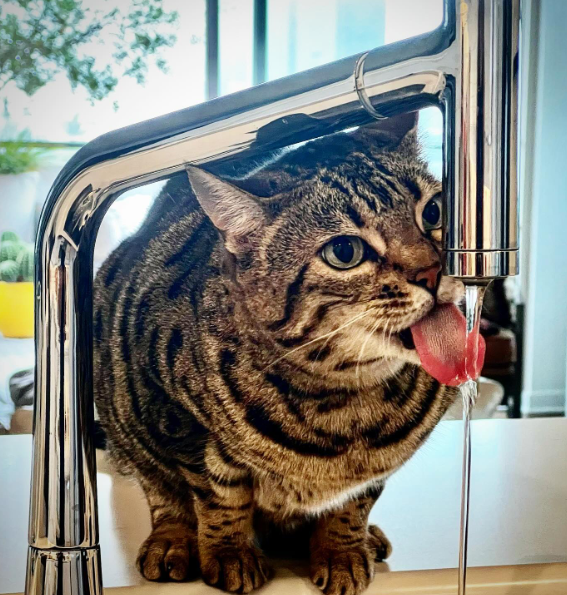
Having been around Bengal felines, I can also attest to the fact that these cats are incredibly friendly and affectionate towards children. In fact, many Bengal cats thrive in households with kids, as they enjoy the playfulness and energy that children bring to the home.
They are often described as being very dog-like in their behavior, as they enjoy following their owners around the house and are always eager to play. This makes them an ideal pet for families with children, as they are always ready and have the energy to engage in playtime and other activities with their little human friends.
One of the things that make Bengal cats so great with kids is their temperament. These cats are typically very patient and gentle, even when children are being a little rough with them. (However, please make sure to train your kids on how to interact with cats properly as well).
They are also very loyal and protective of their families, which means they will always be there to keep an eye on the little ones and make sure they are safe.
Bengal Cats Require Attention
This could be seen as a negative or a positive: these cats require a fair amount of attention and exercise. If you are looking for a low-maintenance pet, a Bengal cat may not be the best choice for you.
Bengal cats are a hybrid breed, which means they are a mix between an Asian leopard cat and a domestic cat. They have a unique personality that is a combination of both their wild and domesticated heritage. They are very active and playful, and they love to explore their surroundings.
Bengal cats are also known for their distinctive appearance. They have a short-haired coat with markings that resemble rosettes and spots. Their coat patterns can vary from brown to black, and they can have a variety of different colors.
Caring for Your Bengal Cat

These felines are full of energy and require a lot of attention. Here are some tips for taking care of your Bengal cat:
Health and Nutrition
Bengal cats are generally healthy, but they are prone to developing hypertrophic cardiomyopathy, a heart condition.
It’s important to feed your Bengal cat a balanced diet and provide plenty of fresh water. I recommend consulting with your veterinarian to determine the best diet for your Bengal cat.
Exercise and Play
Bengal cats are very active and require plenty of exercise and playtime. Interactive toys, such as feather wands and fishing rod toys, are great for stimulating your Bengal cat’s natural hunting instincts.
I also recommend providing a scratching post and cat trees for your Bengal cat to climb and play on.
Socialization and Training
Bengal cats are friendly and social, so it’s important to socialize them with people and other pets early on. They are also very intelligent and trainable, so I recommend training them with positive reinforcement methods.
Conclusion
Overall, Bengal cats make great family pets, especially for families with children. However, they require a lot of attention and mental stimulation, so it’s important to provide them with plenty of toys and playtime. If you want to learn what color paw pads Bengals have, check out my article on that.


